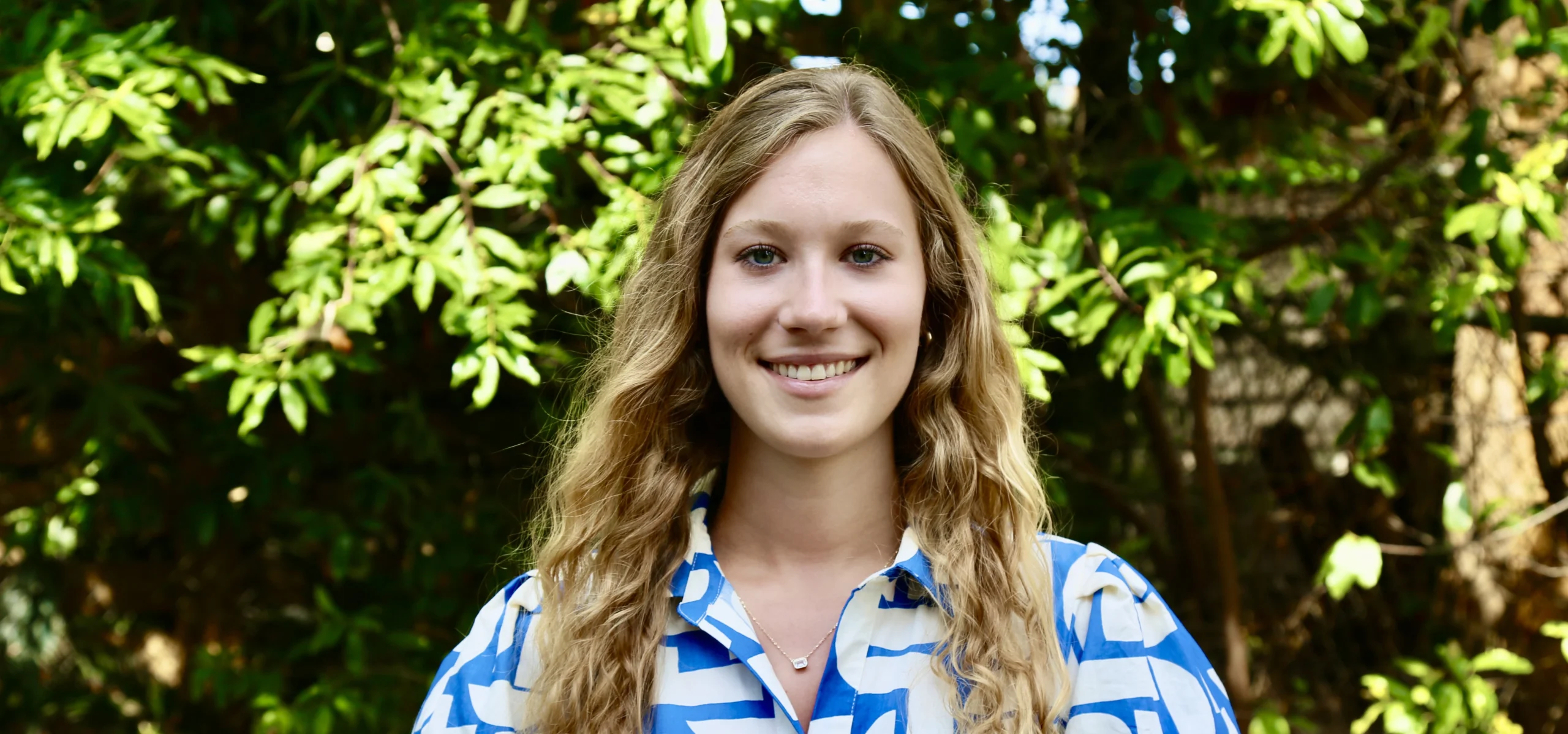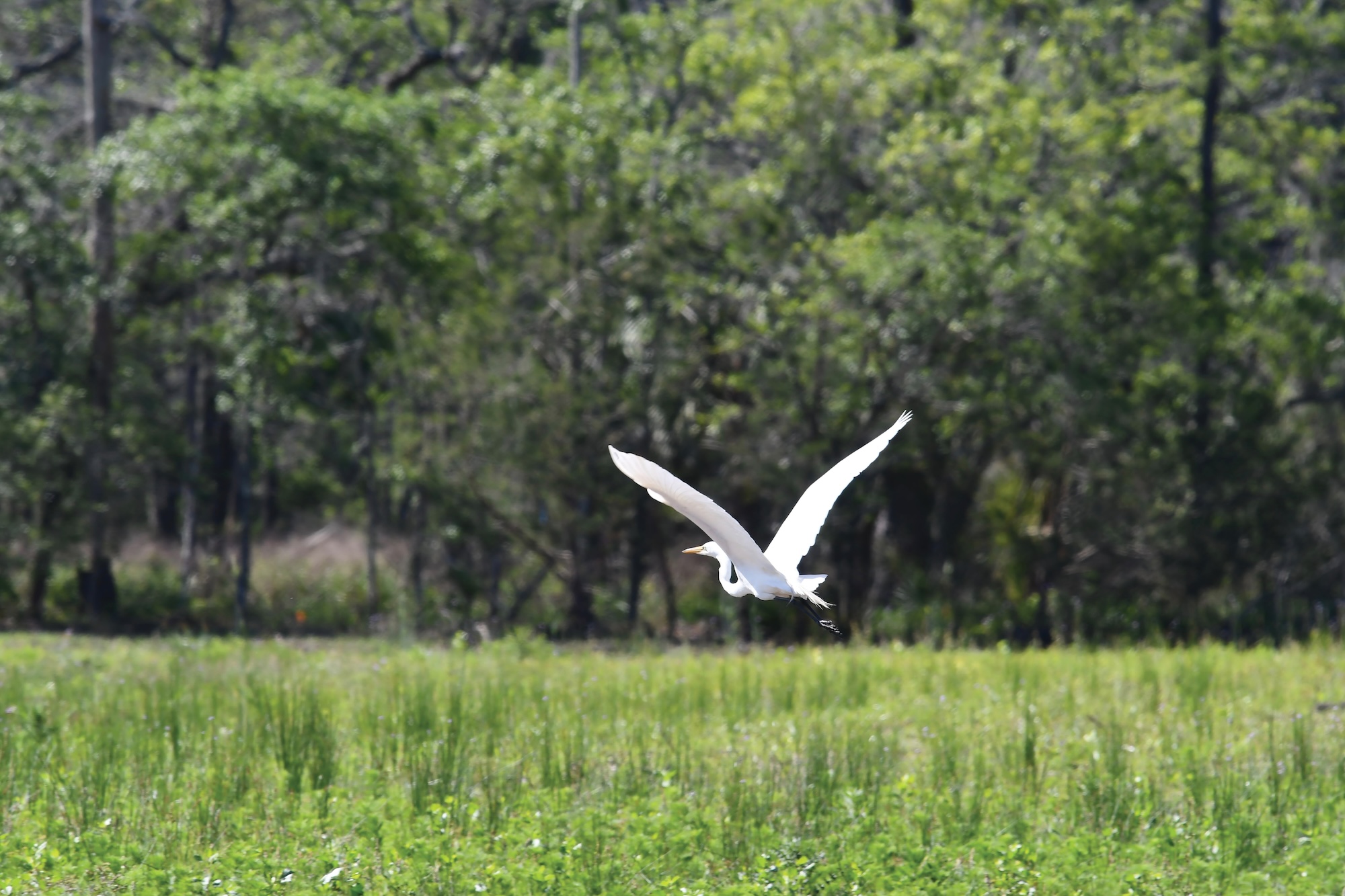In January, Lowcountry Land Trust co-hosted the South Carolina Forest Carbon Conference, an effort led by The Nature Conservancy of South Carolina, along with Ducks Unlimited, and Audubon South Carolina.
So, what is forest carbon? We’re glad you asked! Plants play a number of important roles in our lives, but perhaps none more critical than their role as earth’s lungs – our planet’s very own respiratory system. Through this process of respiration, plants uptake and store carbon dioxide in our air. The carbon dioxide is produced from a variety of sources – the burning of fossil fuels (coal, oil, and gas), animal agriculture and decaying organic matter. Since increased levels of carbon dioxide lead to poor air quality and other negative environmental impacts, carbon uptake and storage is critical for long-term human health and protection of our planet’s natural resources. With that biology refresher out of the way…what if we told you that a financial market exists where landowners can sell carbon credits for cash? That’s right! Many landowners can generate an annual income stream simply by letting their trees continue to grow and store carbon! You might be asking what this means for conservation across the country and especially South Carolina. Well, thanks to California, its state-wide cap-and-trade program took effect in early 2012 designed to protect the public from harmful effects of air pollution and to buffer the increasing rate of climate change. The resulting carbon market now offers a new source of income for qualifying forest landowners. Continued development of the California cap-and-trade system and other innovations in voluntary carbon markets are creating intriguing new opportunities for the development and sale of carbon credits by South Carolina forest landowners. Fascinatingly, the carbon credits produced not only come from the trunks of the tree (which is often associated as the highest value in traditional forestry), but also from the roots, crowns, and stumps of the trees. That said, the factors that are required in order to measure the value of each mitigation plot is complex, and the various carbon project developers at the conference highlighted that joining the carbon market isn’t for everyone and is currently only viable for very large forested tracts. And like any market it fluctuates; although many experts predict increasingly higher demand for carbon credits because of a potential 230 million offsets need by 2020 – that’s a lot of trees! Ultimately, this could lead to a doubling in the current credit values. (Finite Carbon).
The 2-day conference was well attended by a mix of landowners, foresters, state and federal agencies, and non-profit organizations. Presentations were given by all of the major US carbon developers that have been successful in South Carolina, including Finite Carbon, Bluesource, TerraCarbon, The Climate Trust, and Green Assets. We also want to send a very thank you to Norfolk Southern Corporations for hosting a field trip and reception on their Brosnan Forest property where attendees were able to see a working example of a carbon project. Attendees walked away with a better understanding of the carbon market, income opportunities available for forest carbon projects, forest carbon policy, and resulting issues, and opportunities. New connections were made between landowners, consulting foresters, land trusts and the carbon credit community which we hope further facilitate carbon projects in South Carolina.
It’s exciting to see the potential carbon markets could bring as an alternative income source to landowners while doubling as an environmental impact offset, all while sustaining and improving our quality of life! For further questions, please visit any of the above-listed carbon developers’ websites, the California Air Resources Board (CARB), or contact the conference hosts.






